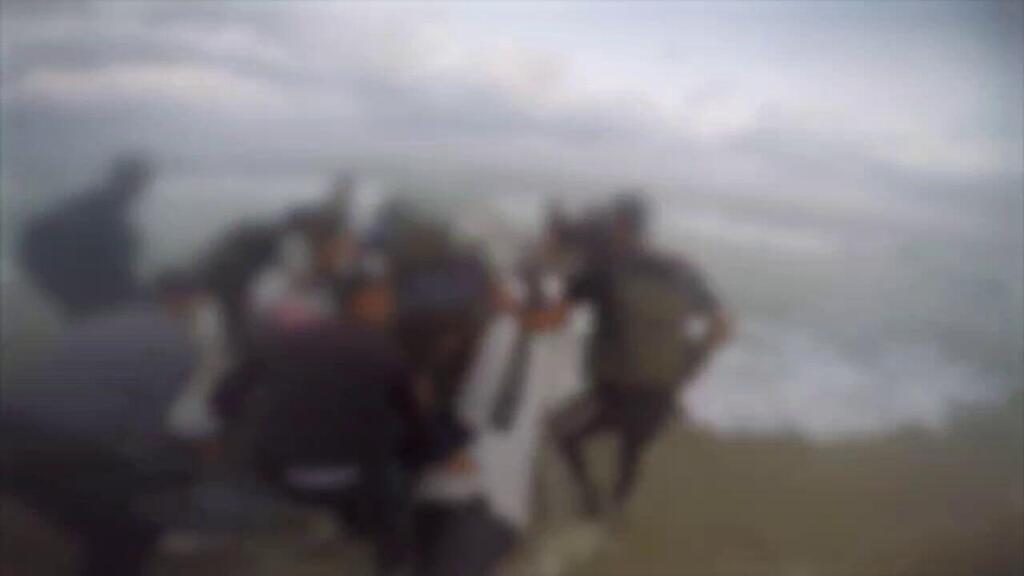Twenty years ago, after the Twin Towers fell, the Middle East was written off as a permanent battleground of Islamist chaos. Analysts spoke of a region trapped between radical Sunni movements like al-Qaeda and Shiite revolutionaries like Hezbollah and Iran’s proxies. Peace was a fantasy: stability, a delusion. But in 2025, the Middle East looks nothing like the world imagined after 9/11.
Today, Jews and Arabs are aligning, not to destroy one another, but to build a future. They are forging partnerships rooted not in grievance, but in mutual survival and shared ambition. The New Middle East is rising — and its emergence was crystallized by one of the darkest days in modern history. October 7 was designed to be the Middle East’s Sarajevo — an assassination not of a leader, but of a fragile and historic peace.
Hamas, backed by Iran and applauded by Turkey, launched a barbaric assault on Israeli civilians in an explicit attempt to derail the nearing Saudi-Israel normalization agreement. That deal would have ended the Arab-Israeli conflict as the world had known it — and so, Hamas tried to end the future itself. Just as the killing of Archduke Ferdinand in 1914 dragged Europe into a world war, October 7 was meant to ignite an eschatological, apocalyptic regional explosion — to reverse history and tear open a new holy war. But this time, the region refused.
Instead of collapsing into chaos, much of the Arab world recoiled. Governments — and increasingly, their people — recognized October 7 for what it was: a final, nihilistic gasp of the ideologies that had enslaved the region for a century. Out of the blood and rubble, a new map is being drawn. The New Middle East is built by those who choose reason over fanaticism, innovation over grievance, dignity over perpetual victimhood.
The New Middle East stands against a standard set of enemies: the radical Islamist movements of both Sunni and Shiite origin; the twin poisons of theocratic authoritarianism and revolutionary socialism; neo-Ottoman imperialism represented by Erdogan’s Turkey; political systems that weaponize forced veiling and de-veiling; terrorist armies like Hamas, Hezbollah, and the Houthis; and eschatological visions that glorify death and seek to drag the region into apocalypse. It is also defined by a shared vision: Security over ideology, Modernization over regression, Business and innovation over warfare and devastation, Economic prosperity over poverty and grievance, future-building over past obsession, and Partnership over isolation.
The foundation was laid with the Abraham Accords, when Israel normalized relations with the UAE, Bahrain, Morocco, and Sudan. But the events of the past year have shown that the accords were not an end — they were a beginning. Today, Saudi Arabia is closer than ever to formalizing ties with Israel, having dropped its long-held demand for Palestinian statehood as a precondition. Even Syria, after the fall of the Assad regime, has signaled they are eager to join the regional normalization process. Meanwhile, Israeli, Gulf, and Arab forces are quietly integrating air defenses, sharing intelligence, and preparing for collective threats.
What some call a “Middle Eastern NATO” is now being openly referred to by Israeli leadership as the Abraham Alliance. In this new regional security structure, an attack on one is understood as an attack on all. It is a fragile architecture, to be sure. Iran, Erdogan’s Turkey, and the remnants of Islamist movements will continue to resist it. The propaganda machines of extremism will seek to inflame old grievances.
Get the Ynetnews app on your smartphone: Google Play: https://bit.ly/4eJ37pE | Apple App Store: https://bit.ly/3ZL7iNv
Apocalyptic dreams will not disappear overnight. But for the first time in generations, the center of gravity in the Middle East is shifting — not toward war, but toward survival, partnership, and strength through shared purpose. This New Middle East is not perfect. It is not utopian. But it is real. It is a Middle East where children are taught to build, not die, where identity is celebrated, but not weaponized, where the descendants of Abraham — Jews and Arabs — recognize that their future depends not on holy war, but on holy partnership.
October 7 was meant to end the peace. Instead, it revealed who was ready to build it—and who must be left behind. Our Hope is not lost. It is visible now—in every treaty signed, partnership forged, and child taught to build instead of hate. The New Middle East is not a dream. When you will it, it becomes reality.
- Adam Scott Bellos is a dynamic force in the global innovation landscape. As the founder and CEO of the Israeli Innovation Fund (TIIF), Adam has built a platform dedicated to fostering entrepreneurship, cultural exchange, and groundbreaking solutions that transcend borders.



